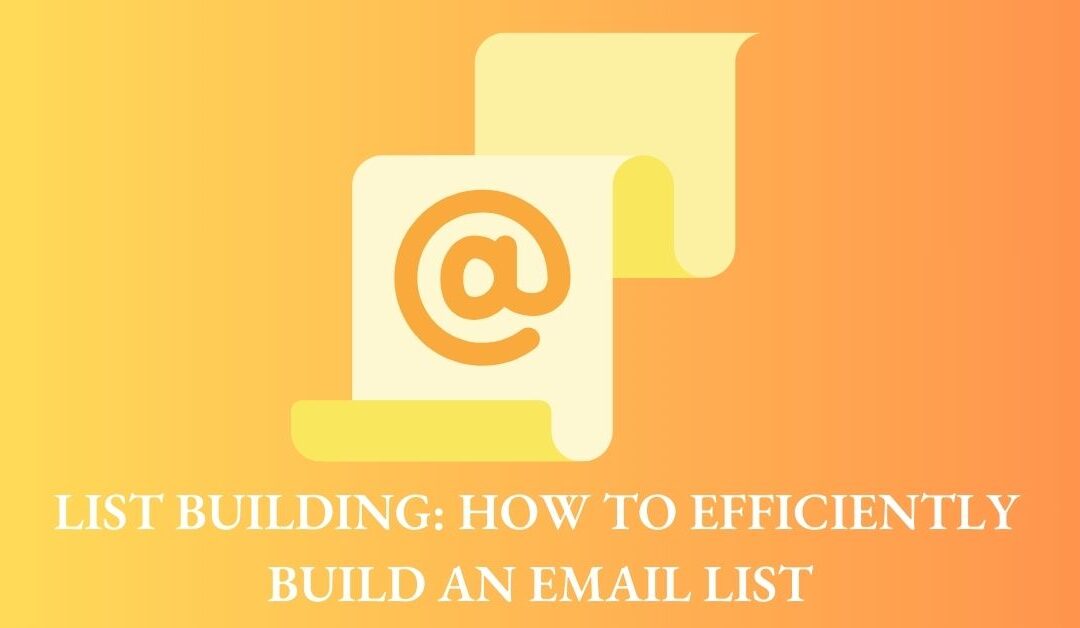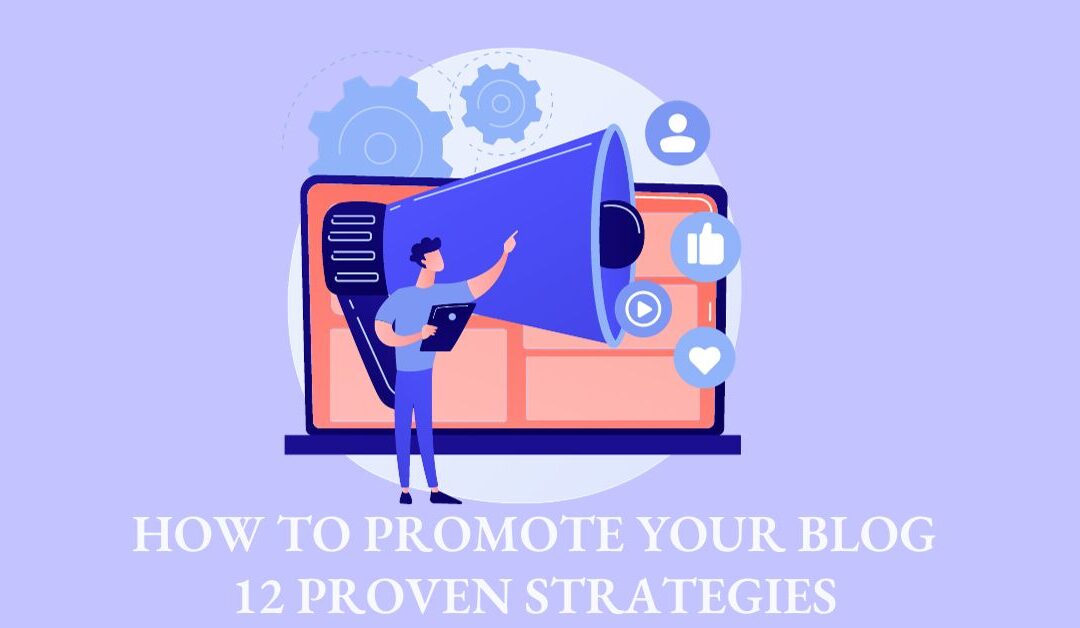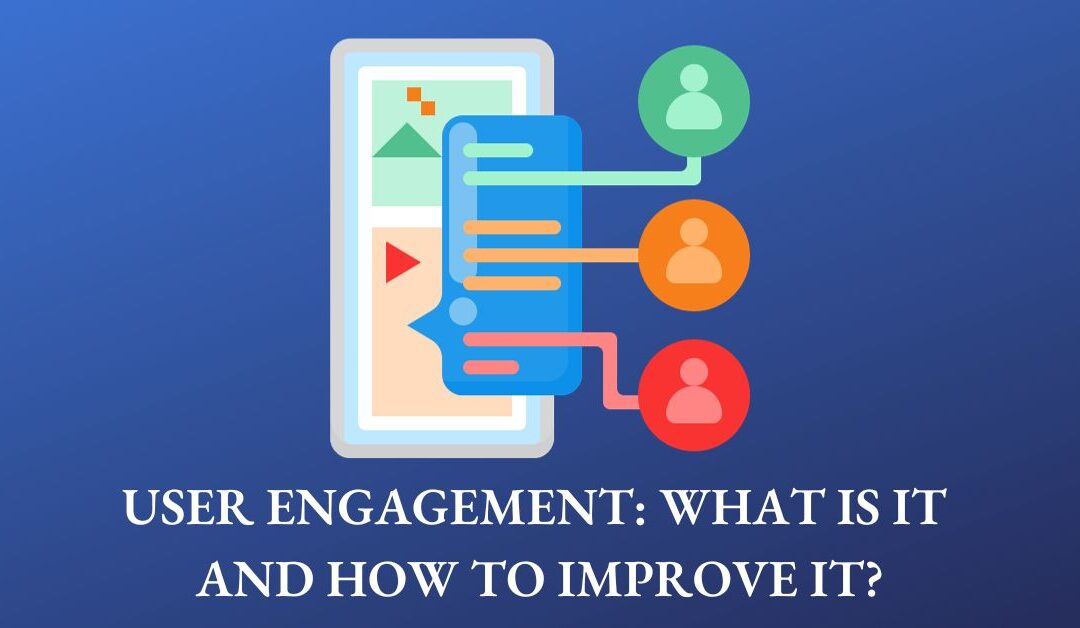Inclusive content is essential for widening your audience base and strengthening your relationship with your existing audience. A successful marketing strategy focuses on inclusive content. It aims to make content accessible to as many people as possible. But what if your marketing efforts are ignoring the needs of specific people, such as people:
- With disabilities.
- Belonging to a certain race, ethnicity, or culture.
- Who have less knowledge.
- With less experience.
- Without advanced devices or software.
You may not even realize the shortcomings of your content concerning inclusivity, although you would never want it. This document will give you 11 tips for creating inclusive content for a successful marketing strategy. But first, let me explain what inclusive content is.
What is Inclusive Content?
Inclusive content is accessible to everyone and caters to a diverse audience. It aims to serve everyone with no discrimination or prejudice. The following are the essential features of inclusive content:
- It is easy to read and understand.
- It is accessible to all audiences, including people with disabilities, such as visual impairments, cognitive impairments, learning disabilities, and hearing disabilities.
- It is operable on all devices.
- It fulfills the needs of a diverse audience.
- It does not discriminate between people and is free from prejudice.
- It is empathetic and does not affect the audience negatively.
Tips for Creating Inclusive Content
1. Ensure Your Website Design is Accessible
Ensuring website design accessibility is the first step toward creating inclusive content. Even the most valuable and engaging content can only serve its purpose if your users can access it. Therefore, your website design must be accessible to all users, including those with disabilities.
To ensure website design accessibility, you must pay attention to the following:
Accessible Navigation: Users must be able to navigate the website by keyboard or voice commands. In other words, users can navigate it even without a mouse.
Browser Support: The website must work well on all browsers.
Mobile Responsive: The website must work well on devices of different screen sizes, i.e., it adjusts to screens of various sizes.
Resizable Text: Use relative size for text so that text does not break upon resizing. Users with visual impairment tend to resize texts for easy reading. If you use absolute size for text, i.e., pixel, text may distort if the user resizes the text.
Color Scheme: The color contrast or scheme you use on the website must work well for people with visual impairments. A low-contrast color scheme may make it difficult for color-blind users to view content. For example, dark text on a light background is a notable contrast and is best for people with visual disabilities.
Avoid Excessive Motions: Users with epilepsy and photosensitivity may get affected by excessive motions, such as animations. Therefore, use animations only when necessary, with prior motion warnings. Also, give an option for those who wish to turn off those motions or animations.
2. Use Inclusive Language
Inclusive language avoids words, phrases, or expressions that exclude people or show discrimination, racism, or prejudice. To ensure inclusive language:
Avoid homographs: Homographs are words that have the same spelling but are pronounced differently depending upon the context, e.g., “bear”, “lead”, or “bow”. As a result, they cause problems for screen readers. Screen readers may need help understanding the context in which homograph is used and may mispronounce the word. It is, therefore, critical to avoid homographs wherever possible.
Use gender-inclusive language: Gender-inclusive language avoids pronouns that refer to one particular gender. For example, instead of “himself”, use “oneself”. Similarly, instead of using “ladies and gentlemen” for a mixed-gendered audience, you must use “guys” or “folks”.
Use sensitive terms: Your language must never be offensive to anyone. Think twice before writing, as specific terms may hurt your audience’s emotions. Additionally, avoid using words that may reflect hopelessness and pity. For example, instead of “blind people”, write “people with visual disabilities”.
Avoid using idioms: Many of your audience may not be familiar with idioms. Therefore, using idioms in your content can make it difficult to understand the context and meaning of the content.
Avoid jargon, abbreviations, and complex words: Not everyone is familiar with the jargon, abbreviations, industry acronyms, and tough words. For example, instead of writing “BP”, write “blood pressure”.
3. Use Inclusive Structure of Content
Avoid Passive Voice: Write in an active voice while avoiding passive voice for a clear understanding of your content. Active voice sentences are easy to read and free from ambiguity. They are also informal and conversational, leaving an emotional impact on readers.
Use short sentences and paragraphs: Your audience comprises people with different education levels and varying attention spans. It may be hard for them to consume complex sentences and long paragraphs. Short sentences and paragraphs are easy to understand, read, and comprehend.
Use of headings and sub-headings: Headings are critical for creating inclusive content. They give a logical structure to your posts. They are also helpful for screen readers, as they will read “heading one” and “heading two”, helping users understand the structure of the content.
4. Create Content in Different Formats
Creating content in different formats is another way to create inclusive content. For example, you may repurpose content as podcasts if you have a blog. Podcasts can be beneficial for people with visual imparities. Additionally, they are helpful for audiences who have busy schedules. You can use platforms like PodBean, Buzzsprout, and Blubrry to host your podcast episodes.
5. Use Descriptive Anchor Texts
Descriptive anchor texts enhance user experience. It is true not only for people with visual imparities but also for people with normal eyesight. Anchor texts like “click here” or “check this” do not provide information about the linked page. They are not appealing, descriptive, or persuasive.
Explanatory anchor texts improve the experience of all users, including those with visual disabilities. Screen readers read anchor texts, and users can consciously decide whether to click the link.
6. Explicit Instructions on All Forms
A common problem with many websites is that they do not give clear instructions on filling out a form or a subscription box. Instead, they assume their audiences are well-experienced. While in reality, their audience consists of people with different knowledge levels, experiences, and exposures.
Instructions save the time and effort of users unfamiliar with form filling. They reduce the frequency of error messages and ensure they are easy to understand. Error messages are there to assist users if something goes wrong. For example, an error message responding to an incorrect input in a text field must specify the set of allowed characters.
7. Make Content Diverse with Images
Images make content more appealing and exciting. But, your content is not inclusive and diverse if all your images feature a particular group of people, such as white Europeans or Americans. Your audiences want to see a reflection of themselves in your pictures. It makes them feel valued, and they feel a connection with your brand.
It is, therefore, essential to include diverse images in your content featuring people from different backgrounds, cultures, colors, and sizes.
Shutterstock and Envato are popular stock image websites for diverse and inclusive images.
8. Always include Alt Text on Images
Screen readers get to know about the images through their alt text. If alt text is present, screen readers will read it, whereas screen readers will skip the image altogether if it is not provided. To ensure your images are accessible to everyone, including those with visual impairments, you must add descriptive alt text.
9. Include Voiceovers in Videos
Many content marketers rely on videos for promoting content. However, if the videos do not have voiceover, visually impaired users cannot consume them.
It is, therefore, essential to include voiceovers in all your videos, making them accessible to people with visual impairment. Animaker Voice is a powerful app for creating voiceovers in 200+ voices. It also allows users to control the pitch and speed of voices.
10. Use Transcripts for Audio and Videos
Many users may not have the proper equipment, such as speakers. Similarly, some of your users may be suffering from hearing disability. If you do not provide transcripts for audio and videos, you are not catering to all of your audience.
Therefore transcripts for audio and videos are essential for creating inclusive content. Transcripts must include all auditory cues for accurate representation. For example, if someone is screaming in your video, you must include cues in your transcript.
Rev is a popular service for converting your audio and videos into human transcripts. Amberscript is another on-demand service for transforming audio and videos into human transcripts and subtitles.
11. Create Diverse Videos
You must ensure that videos are diverse if you rely on videos to promote your content. The cast of your videos must come from different races, ethnicities, gender, and cultures. It may not feel like you are promoting a specific ethnicity or race. Diverse videos promote equality and help build relationships with audiences from different backgrounds, cultures, sizes, ethnicities, etc. If your audiences can relate to the people they see in videos, they will feel valued. For example, a clothing brand must not always cast slim and perfectly shaped people as models. Instead, they should cast people of different shapes and sizes.
12. Make Sure Social Media Posts are Inclusive
Most businesses rely on social media posts to engage with their audience. But only some pay attention to making it more inclusive. The post must be accessible to everyone, including those with impairments. To make your social media posts inclusive, you must:
- Describe videos and images in the text so screen readers can consume them.
- Use emojis only at the end of the sentences so they do not cause problems for screen readers.
- In Instagram posts, make your hashtags readable for screen readers. Make the first letter of each word capital to help screen readers distinguish between words.
13. Collect Feedback and Improve Content
Creating inclusive content is more than a one-step process. It is a continuous process that requires dedication and patience. It also requires input from people having different views and perceptions, especially your audience. You may not find bias in your content, but users can. Therefore, seeking feedback from your audience to improve your content is good practice. Make sure you have feedback and a contact us page on your website. Also, ensure they are accessible and visible on the home page.
14. Use Accessibility Checking Tools
Several accessibility testing tools are available that you can use to test how well your website fulfills web content accessibility guidelines (WCAS). These automated tools give you a score based on your compliance level.
Audioeye is one platform you can use to find accessibility issues, sort them based on their severity, and understand their impact on user experience.
Conclusion
Inclusive content is a critical component of content marketing. It ensures your marketing efforts are free from prejudice and includes everyone. In addition, it helps build a bond with your audience by making them feel valued. It is accessible, understandable, operable, diverse, and free from ambiguity and discrimination. As a result, it helps your audience connect with you better.






0 Comments